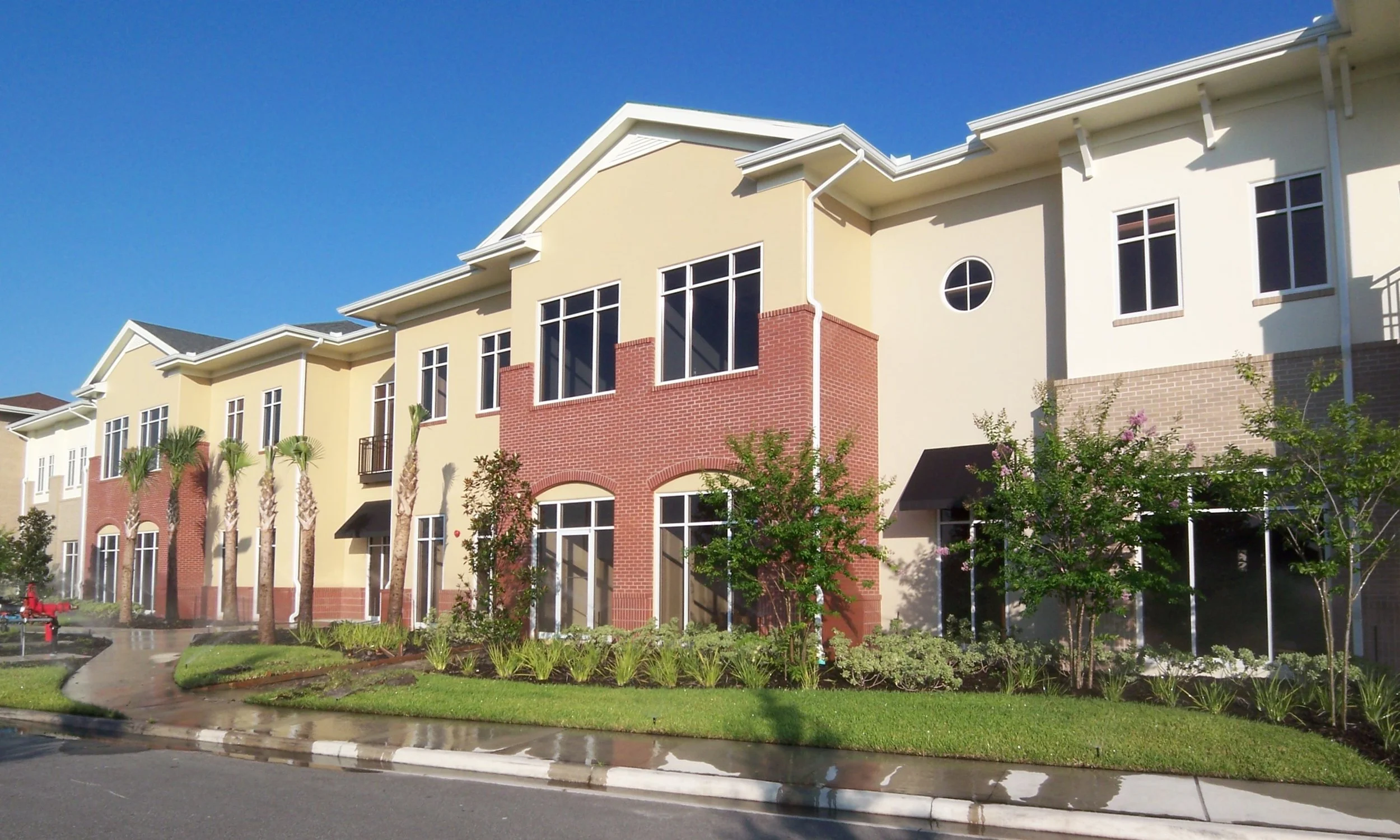LATEST NEWS
Maximizing Returns: Navigating Capital Gains Tax Changes as a Physician Real Estate Owners
As a healthcare real estate owner, navigating potential changes in capital gains tax rates is paramount to maximizing returns. Currently, long-term capital gains, which pertain to assets held for more than a year, incur a maximum tax rate of 20%. When you sell such assets and make a profit, that profit is termed capital gains.
Under President Biden's proposed FY25 budget, the capital gains tax rate could reach 44.6%. While the fate of this proposal remains uncertain, the implications underscore the importance of strategic planning for sellers looking to optimize their financial outcomes.
SEIZING THE OPPORTUNITY TO LOCK IN LOWER RATES:
The prospect of capital gains tax rates nearly tripling prompts sellers to consider seizing the opportunity to lock in lower rates in the current year. Physicians are considering selling medical real estate assets before the potential increase could translate into substantial tax savings and bolster overall returns on investment.
EVALUATING HEALTHCARE REAL ESTATE VALUES:
For sellers in the healthcare real estate sector, values are still historically high even with the current debt environment. Lenders see the asset class as counter-cyclical and are bullish. Evaluating the current value of healthcare real estate holdings against potential future tax implications can inform strategic decisions about timing and pricing.
EXPLORING RETAINED OWNERSHIP OPTIONS:
To navigate potential tax changes and optimize returns, sellers may consider exploring a partial sale. These structures offer sellers the opportunity to unlock liquidity while retaining ownership in the real estate and receiving monthly cash dividends – around 8% - 9% per annum. Such structures provide immediate financial benefits and ongoing revenue streams, mitigating the impact of higher capital gains taxes. In addition, the retained ownership portion is structured as a non-taxable event.
UNDERSTANDING THE TAX IMPLICATIONS OF REFINANCING:
Sellers also need to grasp the tax implications of refinancing their real estate holdings. While refinanced distributions may offer immediate financial relief, they could result in higher taxable gains in the future, subject to potential increases in capital gains tax rates. Sellers must weigh the short-term benefits against the long-term tax consequences when considering refinancing options.
PRIORITIZING SUCCESSION PLANNING AND ALIGNMENT
Lastly, healthcare real estate owners should prioritize succession planning and alignment between real estate ownership and practice operations. Maintaining physician alignment and ensuring a smooth transition of ownership structures can enhance the value of the property and facilitate a seamless sale process, regardless of changes in tax policy.
In conclusion, as healthcare real estate owners, proactively navigating potential changes in capital gains tax rates is essential for maximizing returns on investments. Sellers can optimize financial outcomes and mitigate the impact of higher taxes in an evolving regulatory landscape by seizing opportunities to lock in lower rates, evaluating market conditions, exploring alternative investment structures, and prioritizing succession planning.
Your Trusted Healthcare Real Estate Partner
CREG | U.S. HEALTHCARE INVESTMENT SALES
Andrew R. Larwood
Managing Partner & Principal
m: +1 (770) 845-2091
andrew.larwood@capitalre.com
Allen C. Inman
Managing Partner & Principal
m: +1 (404) 550-7897
allen.inman@capitalre.com
Joshua D. H. Rees
Managing Partner & Principal
m: +1 (858) 312-0657
josh.rees@capitalre.com


























